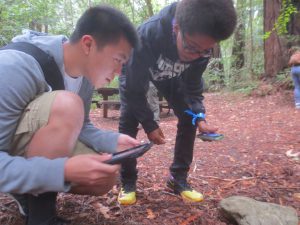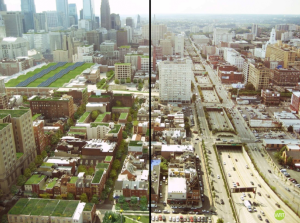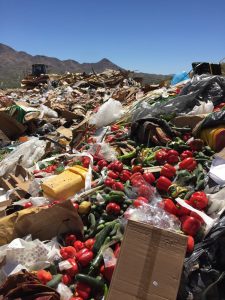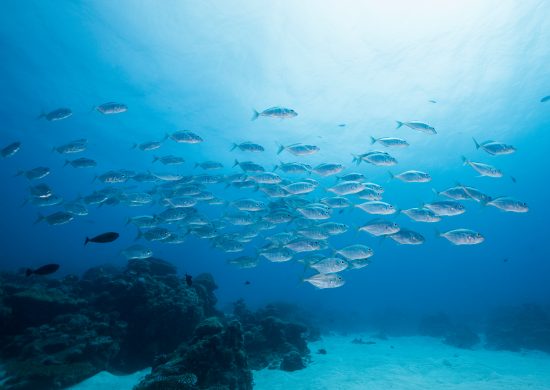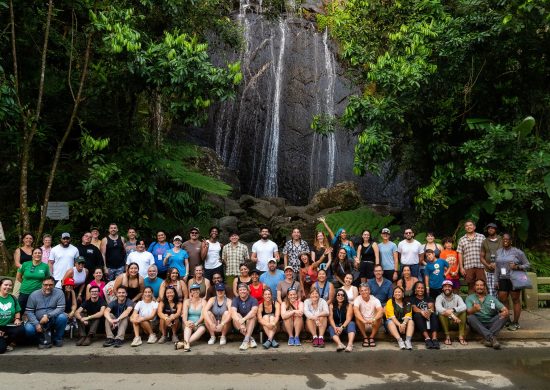I’ve been the President of the Pisces Foundation for almost five years, but I still don’t think of myself only as a foundation executive.
That’s because I worked as an environmental lawyer and an advocate for almost 20 years before I took on this role. I spent my days working with dedicated scientists and grassroots advocates to stand up for the laws that protect clean water and for better policies to manage scarce water resources. In broad strokes, I did the kind of work we fund today. Research, reports, communications, advocacy. I asked funders to bet on an idea—and got some scrunched up faces along with gratifying commitments of support.
So, when Bob and Randi Fisher asked for help setting up their new foundation, I was struck by how closely the values they brought to the endeavor echoed my own experiences and needs as a grantee. I knew our trustees wanted to build an organization committed to acting boldly and taking risks, to being “early movers” in support of innovative ideas and organizations.
We talked about what grantees really need from their funders—confidence to try new things, connections and networks to amplify their impact, and the staying power to see their innovative ideas to fruition. The chance to build a foundation from scratch with these founding principles as a north star was five years ago, and is today, a special opportunity.
The Pisces Foundation is dedicated to trying to live these values in the work we do and with the grantees we support. We focus our efforts in three program areas—Environmental Education, Water, and Climate & Energy—each of which is led by a knowledgeable team. I promised in my last blog post to tell you more about our work, and I’d like to start by sharing a quick look at our three programs, explaining why we think each area is important, and discussing what we aim to accomplish. I’ll be following up this fall with three installments on the Pisces Foundation blog that will delve deeper into our strategic approaches and the work we’re supporting in each program.
Environmental Education
You might say that environmental education is the “long game” for our field. When it comes to getting kids the skills they need to become well-prepared stewards of our rapidly changing world and more engaged in learning and active outdoors, environmental education delivers—whether in a classroom, canoe, or anywhere in between. Our grantmaking aims to prepare kids to make smarter decisions that lead to stronger communities and a greener planet by equipping them with environmental know-how and a life-long connection to nature. To do this, we support organizations providing out-of-school or informal environmental education, as well as efforts to ensure kids get strong environmental science instruction during the school day.
Science Action Club, an after-school program, allows for the infusion of quality environmental education into out-of-classroom time. (1)
Water Resources
I wrote an essay three summers ago about threats to water spurred by the remarkable specter of drinking water supply disruption in two major U.S. cities—Charleston, West Virginia and Toledo, Ohio. Since that time, we have only become more aware that the job of securing safe and sufficient water in the U.S. is not something we can take for granted. Our water funding aims to mainstream new thinking, technologies, and ready-to-go solutions that can provide all of us with safe water coming from the tap, farms that nourish us while using water wisely, and cities strengthened by reimagining their relationship to the waterways that often spurred their establishment and still provide an essential sense of place. We support new approaches like green infrastructure, mobile technology to empower people to protect rivers and lakes, and networks that connect a new wave of businesses, local officials, advocates, and others focused on smart water approaches.
The before (right) and after (left, simulation) of Philadelphia, PA with green infrastructure, allowing people and nature to thrive together. (2)
Climate & Energy
Science shows that bolstering essential carbon cuts with reductions in other powerful greenhouse gases is among the best ways to quickly accelerate progress and meet the challenges of climate change. That’s why we focus our climate funding on reducing black carbon, methane, and hydrofluorocarbons (HFCs)—a set of “short-lived climate pollutants” that must be controlled along with carbon dioxide to keep global temperature under the critical two degrees Celsius threshold, keep communities healthy, and increase our food security. In addition to being an essential component of the must-win climate change mitigation fight, reducing these “super pollutants” also improves public health, making it a compelling focus for our foundation.
Pisces supports the reduction of food waste in the U.S. through stakeholder engagement, the launch of a funder collaborative, and innovative food waste solutions. (3)
Each of these programs reflects, and is intended to advance, a unifying vision at the Pisces Foundation: people and nature thriving together. We know with support to our grantees from our foundation, as well as from other funders, we can make real headway in the short-term and see lasting benefits in all our focus areas. In several upcoming blog posts, I will offer more about our funding and how we are working to make a difference.
___________________
(1) Photo credit: California Academy of Sciences, Green Schools National Network
(2) Photo credit: NRDC, Wallace Roberts & Todd
(3) Photo credit: ReFED

